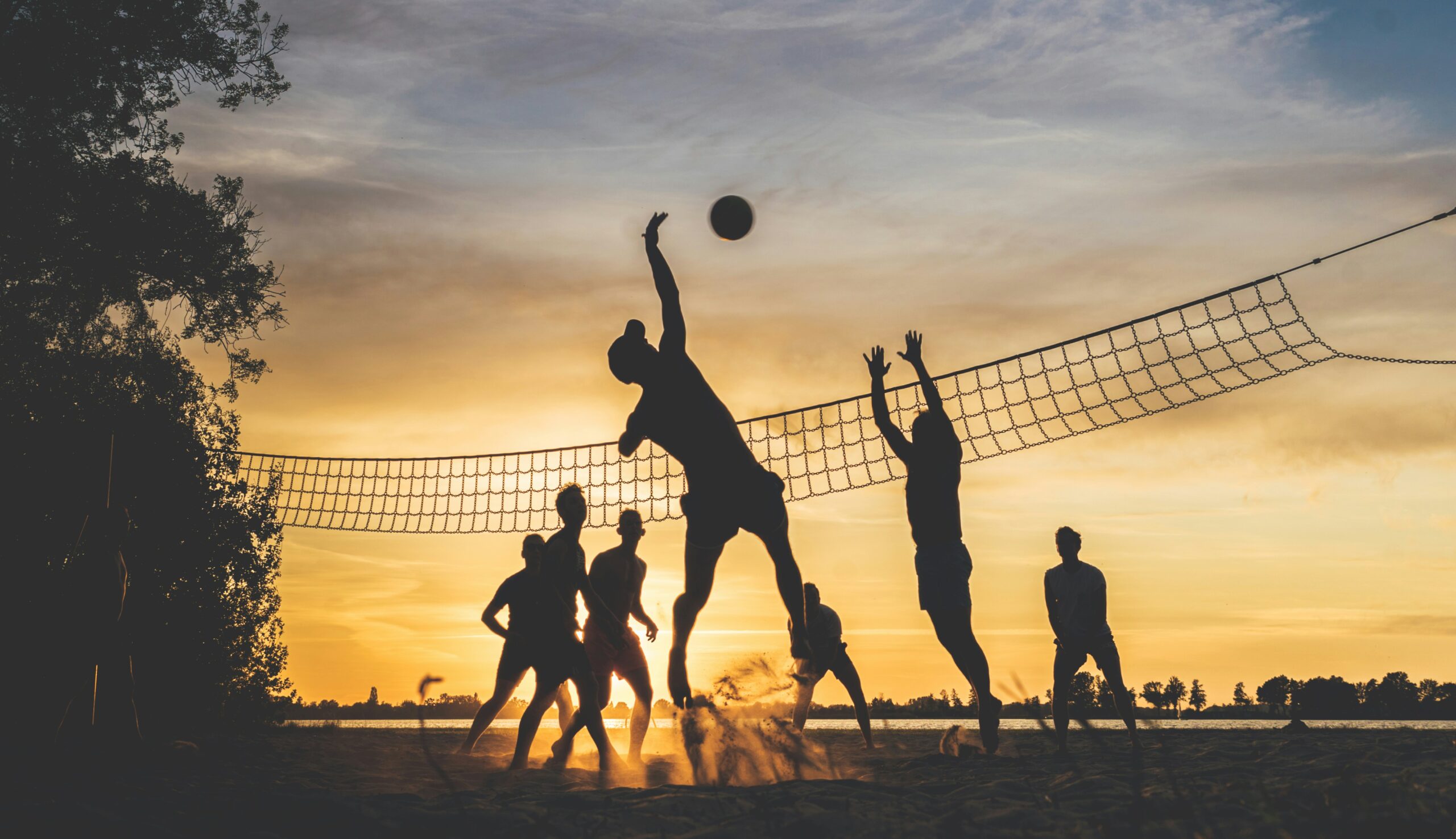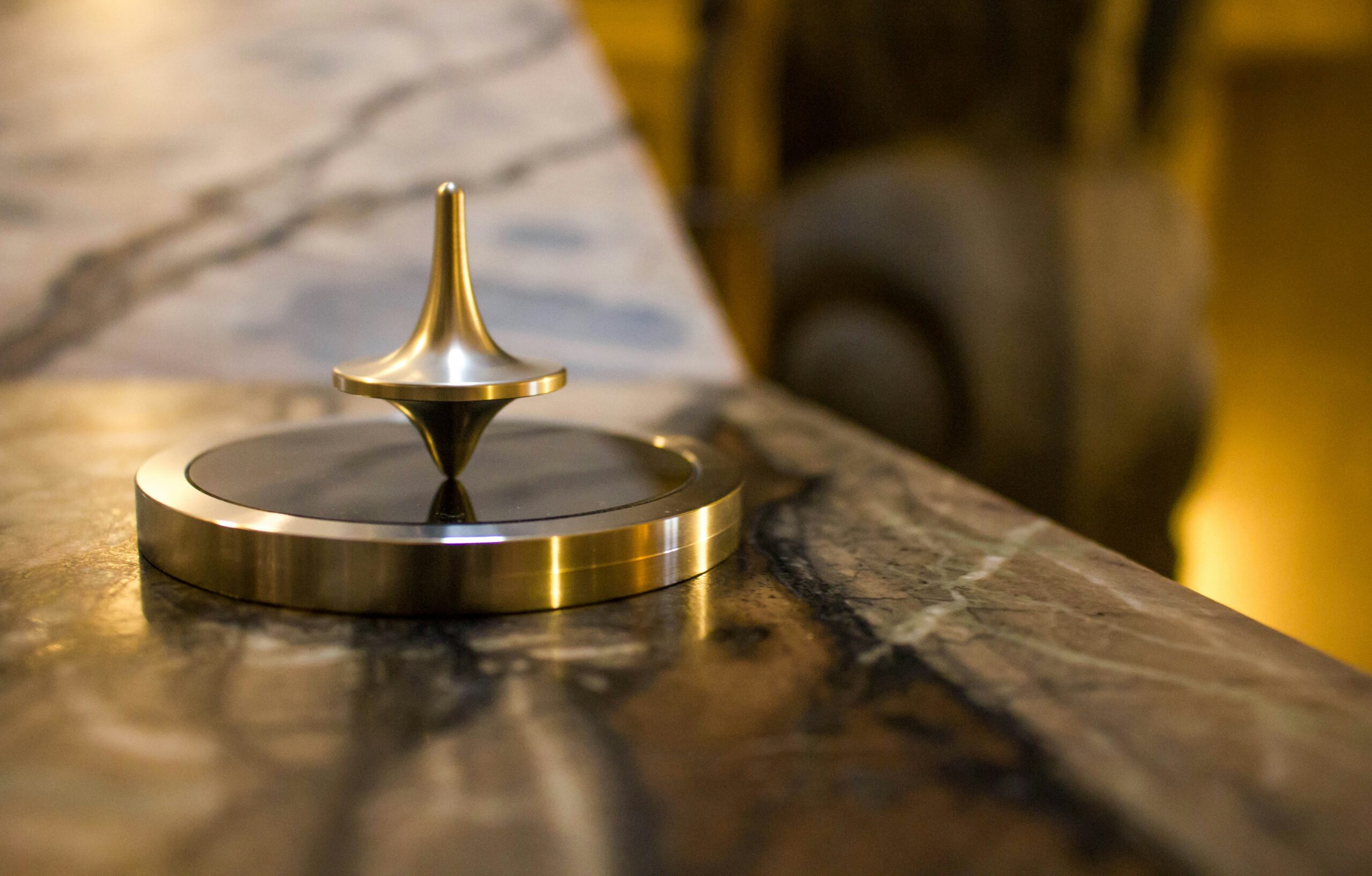The Power of Group Workouts in Building Motivation
There’s something undeniably magnetic about the energy of a group workout. Have you ever noticed how the rhythm of a shared heartbeat can spur you on when the going gets tough? Whether it’s the determined grunts of your fellow gym-goers or the synchronized movements of a Zumba class, group workouts have a unique way of igniting that little spark of motivation we all sometimes struggle to find.
The Social Element: More Than Just a Workout
At its core, exercise is an inherently social activity. (I mean, who really enjoys lifting weights alone, right?) Group workouts tap into this social aspect, transforming mundane routines into vibrant, shared experiences. When you’re surrounded by others who are sweating it out alongside you, the whole ordeal suddenly feels less like a chore and more like a community event.
Think back to those early morning yoga classes or high-energy spin sessions. The collective groans, the shared laughter, and sometimes, the mutual swearing at the instructor (who, let’s be honest, might have a few screws loose for pushing you that hard). It’s these interactions that create a sense of belonging, and let’s face it—nothing beats the camaraderie of suffering through a tough workout together.
Accountability: Your New Best Friend
One of the greatest gifts of group workouts is accountability. When you know others are counting on you (or at least noticing if you’re absent), it becomes much harder to hit the snooze button. You might find yourself thinking, “If I don’t show up, what will Jessica say?” or “Tom will surely give me the side-eye if I bail.”
This sense of obligation can be a powerful motivator. Some studies suggest that people are more likely to stick with their fitness goals when they are part of a group. The reason? Well, social pressure can be a double-edged sword. While it may feel daunting, it often drives us to push our limits in ways we wouldn’t on our own.
Real-Life Example: The Running Club
Take, for instance, a local running club I joined a few years back (and promptly got my butt kicked by a 70-year-old). With each Saturday run, I found myself not just training for a race, but also bonding with fellow runners. We’d share stories, motivations, and yes, even the occasional post-run brunch (because, carbs). The fact that I had committed to a group meant I showed up, even on days when my motivation was on vacation.
Variety and Fun: A Recipe for Engagement
Another fantastic aspect of group workouts is the variety they offer. Let’s face it, doing the same workout day in and day out can feel like a slow march to boredom. But when you join a group, you open yourself up to new experiences. From kickboxing to aqua aerobics, the possibilities are endless. Plus, the sheer joy of trying something new can be invigorating.
In my own experience, I once stumbled into a barrel racing fitness class (yes, that’s a thing) and discovered not only a surprising strength in my core but also a newfound appreciation for fitness that felt both playful and challenging. Who knew working out could involve a faux horse and barrels? The laughter and sheer absurdity of it all made the challenge feel lighter.
The Role of Motivation in Group Dynamics
But let’s dig a little deeper. Why exactly does group motivation work so well? The answer lies in the psychology of group dynamics. When we see others pushing through their limits, it can inspire us to do the same. It’s a psychological phenomenon known as social facilitation—essentially, the presence of others enhances our performance.
Motivational leaders or instructors play a critical role in this dynamic. Their energy can be infectious, inspiring participants to dig deeper and push harder. I once attended an intense boot camp where the instructor was so full of pep that I seriously considered whether they were secretly powered by batteries. Their enthusiasm rubbed off, and soon, we were all shouting encouragement to each other, forgetting the fatigue that was creeping in.
Peer Influence: The Good Kind
Moreover, the influence of peers can create a positive feedback loop. One moment you’re struggling through a set, and the next, you’ve got your neighbor giving you a thumbs up, urging you to lift just a little more. You push through, and just like that, you’ve not only lifted more weights but also boosted someone else’s motivation in the process. It’s a beautiful cycle of encouragement, and it’s hard to replicate that on your own.
Building Lasting Relationships
Beyond the physical benefits, group workouts foster connections that often transcend the gym walls. I can’t tell you how many lifelong friendships I’ve formed simply by sweating alongside others. There’s a unique bond that develops when you share a common goal—be it training for a marathon or just surviving a particularly grueling spin class.
These relationships can provide a support system that extends beyond fitness. Friends made in the gym often become your cheerleaders in life, motivating you to chase your dreams, whether they are career-related or personal. I remember when a workout buddy convinced me to apply for a job I was hesitant about; turns out, that job changed my life. Who knew that a dumbbell could lead to such pivotal moments?
Setting Goals Together
Group workouts also offer the opportunity to set and achieve goals together. In a community setting, you can establish a collective target—be it completing a 5K, mastering a new yoga pose, or simply increasing your overall fitness level. When everyone rallies around a common goal, it creates a sense of unity. You’re not just working out; you’re working towards something together.
Take a local CrossFit box, for instance. Many gyms host time-based challenges or progress tracking, where members can see how they stack up against their peers. This isn’t just about competition; it’s about encouragement. Celebrating each other’s milestones—whether it’s a personal best or just showing up for a set number of classes—can be incredibly fulfilling.
Incentives for Achievement
Moreover, many fitness groups implement incentive programs, rewarding members for consistency and achievements. Who doesn’t love a good prize? These incentives can range from free merchandise to discounts on memberships, further motivating participants to show up and put in the work. It’s like a little cherry on top of an already delicious sundae.
Creating a Positive Environment
Another noteworthy benefit of group workouts is the creation of a positive environment. Fitness can often feel daunting, especially if you’re new to it. But in a group setting, there’s a supportive atmosphere that encourages you to let go of insecurities. Everyone is there for the same reason—to improve themselves, and usually, they’re just as nervous as you are.
I fondly recall my first yoga class. I wobbled through downward dog like a newborn giraffe, but the collective laughter and support from the group helped ease my nerves. Instead of feeling embarrassed, I felt liberated. In a group, it’s much harder to feel like the odd one out. You’re all in it together, and that shared vulnerability fosters growth.
Overcoming Obstacles Together
Fitness is rife with ups and downs. Some days, you feel like a powerhouse, while other days, you’re struggling to find the motivation to lace up your shoes. In a group workout, you’re equipped to face these challenges collectively. When one person is struggling, others can step in to provide encouragement or even a simple pat on the back.
This is particularly powerful when it comes to mental health. Research shows that physical activity can reduce symptoms of anxiety and depression, but doing it in a group can amplify those effects. The shared experience creates a safe space where individuals can talk about their struggles without fear of judgment. It’s remarkable how a simple workout can foster such openness.
Challenges of Group Workouts
Of course, no exercise regimen is without its challenges. Group workouts, while beneficial, can also present obstacles. For starters, scheduling can be tricky. Finding a time that works for everyone can feel like herding cats. And let’s not even get started on the varying fitness levels—what feels like a breeze to one person may feel like climbing Everest to another.
Moreover, there’s the potential for comparison. It’s human nature to gauge yourself against others, but in a group setting, this can sometimes lead to feelings of inadequacy. (I mean, how can she do 50 push-ups? I can barely manage five without feeling like I need an oxygen tank.) The key is to remember that everyone is on their own journey. The focus should be on personal progress rather than competition.
Finding the Right Group for You
So, how do you find the right group workout for you? First, consider what you enjoy. There’s no point in joining a group that focuses on something you despise (unless you’re trying to conquer a fear, but that’s another topic). Research local gyms, studios, or community centers that offer classes that pique your interest.
Next, don’t hesitate to try a few different groups. Most places offer trial classes or drop-in sessions. This allows you to experience the vibe of the group without a long-term commitment. I’ve seen people who tried a high-intensity interval training (HIIT) class, only to find their heart belonged to a gentle Pilates session instead. It’s all about finding that sweet spot.
Listen to Your Gut
Finally, trust your instincts. If a group feels too competitive or doesn’t align with your values, don’t be afraid to move on. There’s a community out there for everyone, and the right group can make all the difference in your fitness journey.
The Bottom Line: Together, We Rise
In closing, the power of group workouts in building motivation cannot be overstated. They provide a sense of community, accountability, and shared achievement that is hard to replicate solo. Whether you’re looking to shed a few pounds, build muscle, or simply have fun, the collective energy of a group can light a fire under your fitness goals.
So, the next time you find yourself struggling to find the motivation to work out, consider seeking out a group. You might just find that the support, camaraderie, and shared laughter make all the difference. Remember, we’re all in this together—one squat, one laugh, and one high-five at a time.







